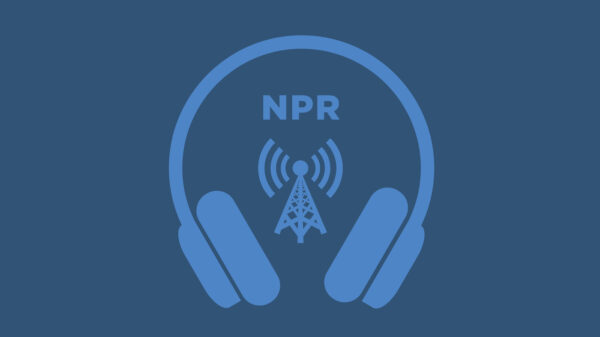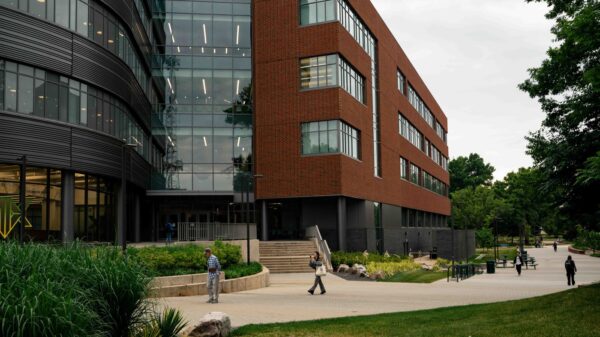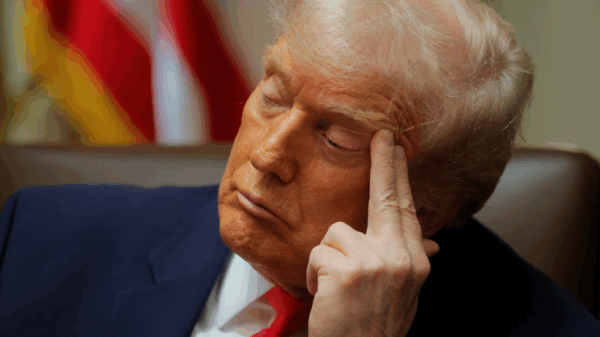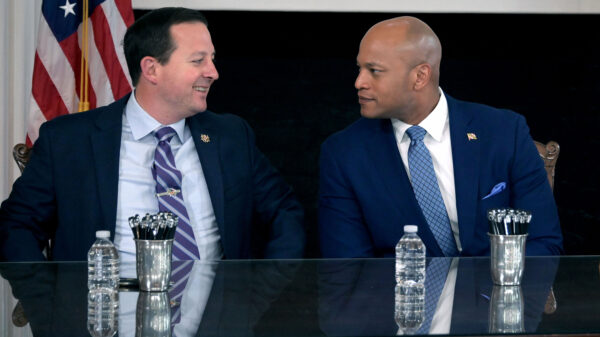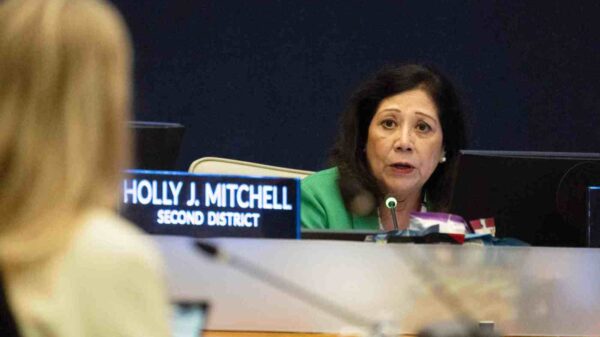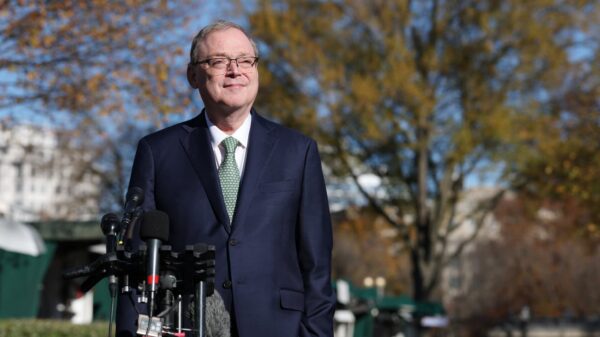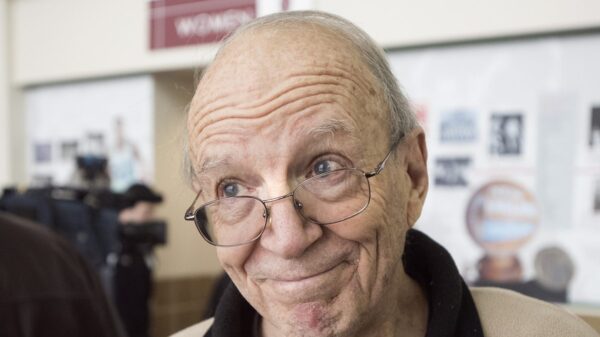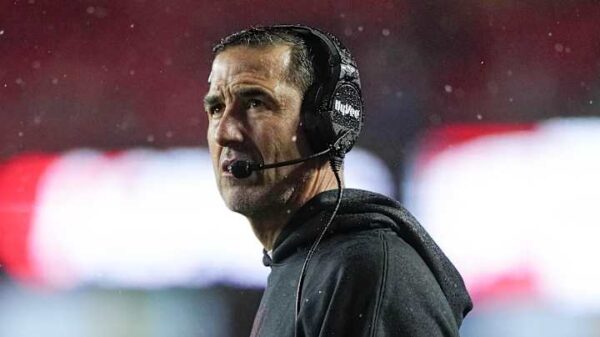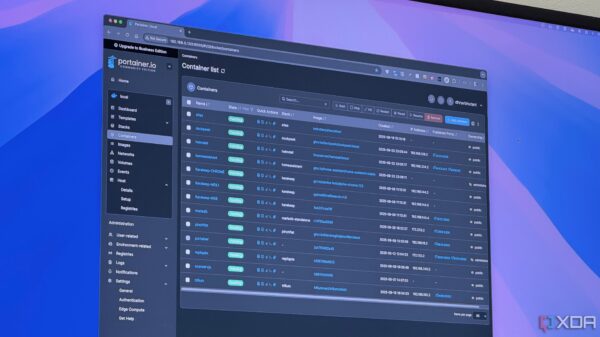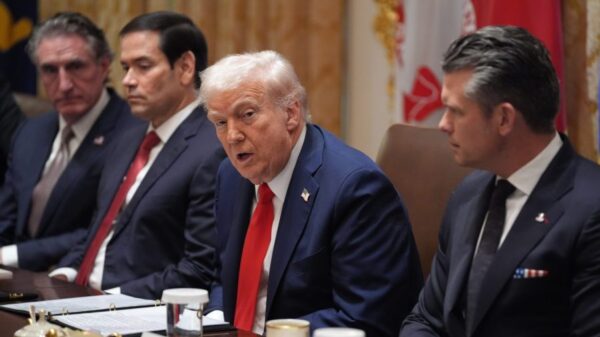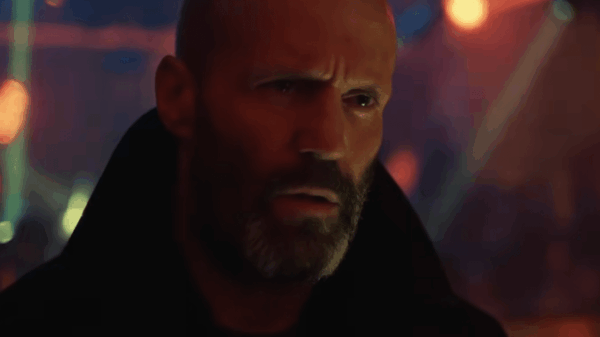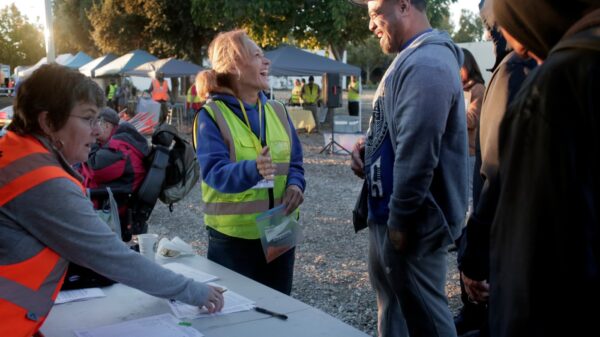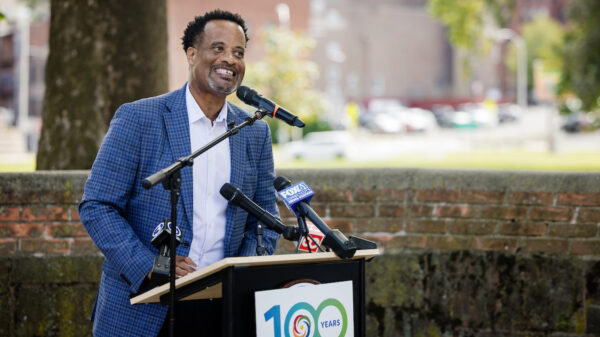WASHINGTON – President Donald Trump is set to visit a newly constructed immigration detention facility in the Florida Everglades on Tuesday. The site, located on an isolated airstrip approximately 50 miles west of Miami, has been described by the White House as “especially secure,” due in part to its surrounding alligator-infested swampland. The facility, which can house up to 5,000 detainees, has sparked significant controversy and protest.
The announcement comes amid ongoing debates over U.S. immigration policies, with critics arguing that the facility’s location sends a harsh message to immigrants. Environmentalists have also raised concerns about the potential impact on the Everglades’ delicate ecosystem, while some Native American leaders have opposed the construction, citing the land’s sacred status.
Security and Symbolism
According to White House press secretary Karoline Leavitt, the site’s remoteness and surrounding wildlife underscore the administration’s tough stance on immigration. Leavitt noted that the facility is “informally known as Alligator Alcatraz,” a nickname that has alarmed immigrant rights activists but resonates with President Trump’s aggressive deportation policies.
“There’s only one road leading in, and the only way out is a one-way flight,” Leavitt stated. “It is isolated and it is surrounded by dangerous wildlife and unforgiving terrain.”
This development follows Trump’s previous controversial proposals, such as reopening Alcatraz prison and building a moat filled with alligators along the U.S.-Mexico border. While these ideas have been met with skepticism and criticism, they highlight the administration’s focus on deterrence through harsh measures.
Political Reactions and Criticism
Former U.S. Representative David Jolly of Florida, now a Democratic gubernatorial candidate, has criticized the facility as a “callous political stunt.” The White House has similarly leveraged the shock value of sending some immigrants awaiting deportation to facilities like Guantánamo Bay, Cuba, and a megaprison in El Salvador.
Florida Governor Ron DeSantis, who has been a vocal supporter of the facility, suggested that it could be operational by the time of Trump’s visit. DeSantis emphasized the site’s security, stating, “They ain’t going anywhere once they’re there, unless you want them to go somewhere, because good luck getting to civilization.”
Logistics and Funding
The construction of the Florida detention center is being led by state officials, with significant funding from the Federal Emergency Management Agency (FEMA), typically known for its disaster response efforts. Florida Attorney General James Uthmeier, credited with conceptualizing the Everglades plan, initially unveiled the proposal with a promotional video featuring dramatic imagery of alligators and a hard rock soundtrack.
The Florida Republican Party has capitalized on the facility’s notoriety, using it as a fundraising tool by selling merchandise like branded T-shirts and beverage container sleeves. The Department of Homeland Security has also endorsed the project, sharing images of alligators adorned with ICE hats in front of a fenced compound.
Implications and Future Outlook
The move represents a continuation of Trump’s stringent immigration policies, which have been a hallmark of his political brand since his first term. The administration’s focus on deterrence through remote and inhospitable detention facilities raises questions about the ethical implications and effectiveness of such strategies.
As Trump prepares to visit the Everglades site, the broader implications for U.S. immigration policy remain uncertain. The facility’s opening could set a precedent for future detention centers, further intensifying the national debate over immigration enforcement and human rights.
Meanwhile, immigrant rights groups and environmental advocates continue to voice their opposition, calling for a reevaluation of policies that prioritize deterrence over humane treatment. The upcoming visit is likely to draw both national and international attention, highlighting the ongoing complexities and controversies surrounding U.S. immigration policy.






